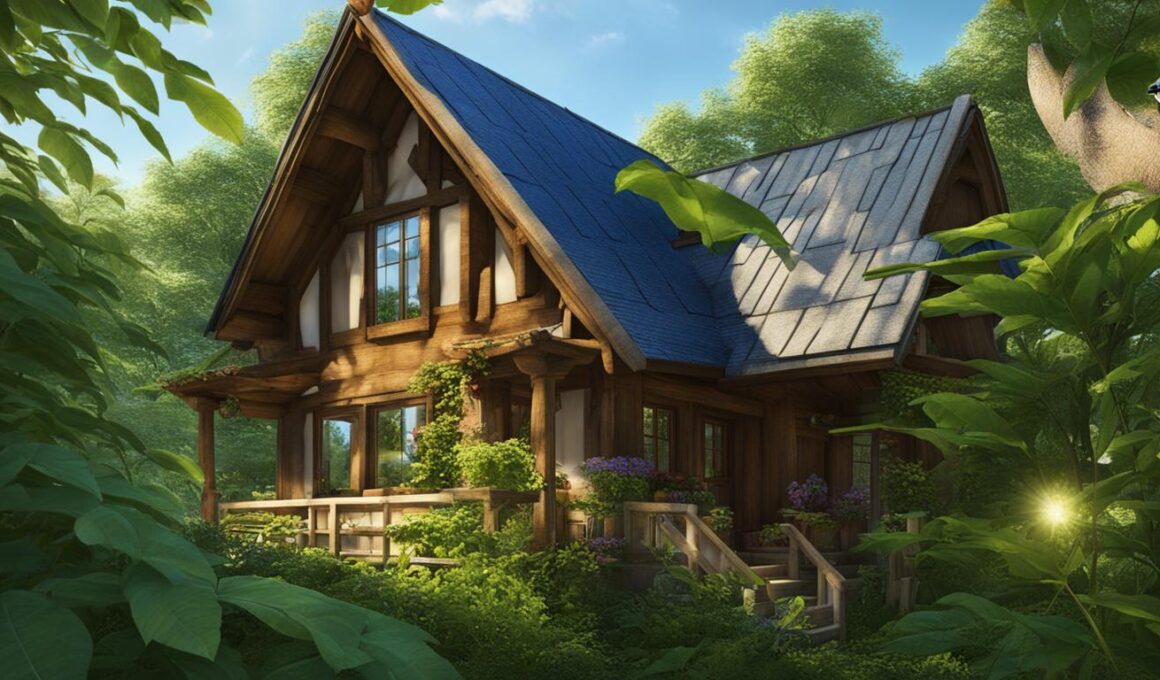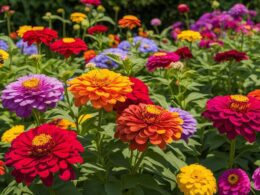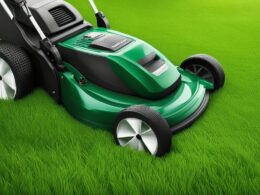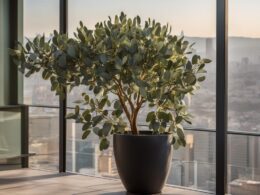Welcome to our guide on creating the perfect birdhouse for Blue Jays! If you enjoy observing the vibrant colors and playful antics of these beautiful birds, providing them with a cozy nest is a great way to attract them to your yard. In this article, we will explore the nesting needs of Blue Jays, offer tips on choosing the right birdhouse, and provide insights on proper placement to ensure their comfort and safety.
Blue Jays are known for their striking blue plumage and energetic nature. They prefer to live near trees, where they can find ample food and build their nests on sturdy branches or forks. Both male and female Blue Jays contribute to nest building, constructing their homes from moss, bark, small twigs, and other plant materials. To cater to their specific nesting requirements, it is essential to provide them with open nesting platforms that meet their preferences.
If you are considering building or buying a birdhouse for Blue Jays, keep reading! We will guide you through the process, from selecting the right size to understanding the ideal placement. To attract these fascinating birds to your yard, follow our expert advice and create a haven for their mating and nesting needs. Let’s get started!
Blue Jay’s Habitat and Behavior
Blue Jays are intelligent and inquisitive birds with a striking appearance. They inhabit coniferous and mixed forests throughout most of North America, from the eastern slopes of the Rocky Mountains to the Atlantic Coast. They are adaptable birds that can also be found in parks, cities, and suburban areas with mature trees.
Blue Jays have a varied diet that includes nuts, seeds, insects, corn, carrion, berries, and even small animals. They are resourceful foragers, using their strong beaks to crack open nuts and seeds. They also scavenge and hunt for insects, grubs, and other small prey.
When it comes to nesting, Blue Jays exhibit interesting habits. They build nests on top of trees, usually with a combination of twigs, leaves, roots, and grass. These nests are often found in the crotch of a branch or against tree trunks. Blue Jays are known for their domed-shaped nests, providing protection and privacy for their eggs and young.
Blue Jays are also known for their distinct calls and vocalizations, which include alarm calls that can alert the whole forest. They have a variety of calls and songs, allowing them to communicate with other Blue Jays and defend their territory.
Building or Buying a Blue Jay Bird House
Building or buying a Blue Jay bird house can be a great way to attract these beautiful birds to your yard. There are various bird house plans available that are specifically designed for Blue Jays, such as open nesting platforms or semi-open birdhouses. Blue Jays prefer a big, airy platform rather than an enclosed box.
When building a bird house, it is important to create a structure that simulates a tree cavity, as Blue Jays tend to nest in weathered bird houses. The size of the bird house should have a floor area of approximately 8×8 inches with a ceiling height of 8 inches. It should also have a sloping roof and open sides and front.
It is crucial to place the bird house at a suitable height, around 10-12 feet high, and away from potential predators. Blue Jays can be attracted to bird houses by providing them with food, such as nuts, seeds, mealworms, and suet. It is important to regularly clean and maintain the bird house to ensure the health and comfort of the birds. By following these guidelines, you can create an ideal bird house that will attract Blue Jays to your yard.
Can I Attract Blue Jays to my Yard by Planting the Best Grass Seed for the North East?
Attracting blue jays to your yard in the North East can be achieved by planting the best grass seed options. Blue jays are attracted to open areas with plenty of grass and seeds to forage for, so choosing the right grass seed can make your yard a prime spot for these beautiful birds.










